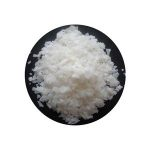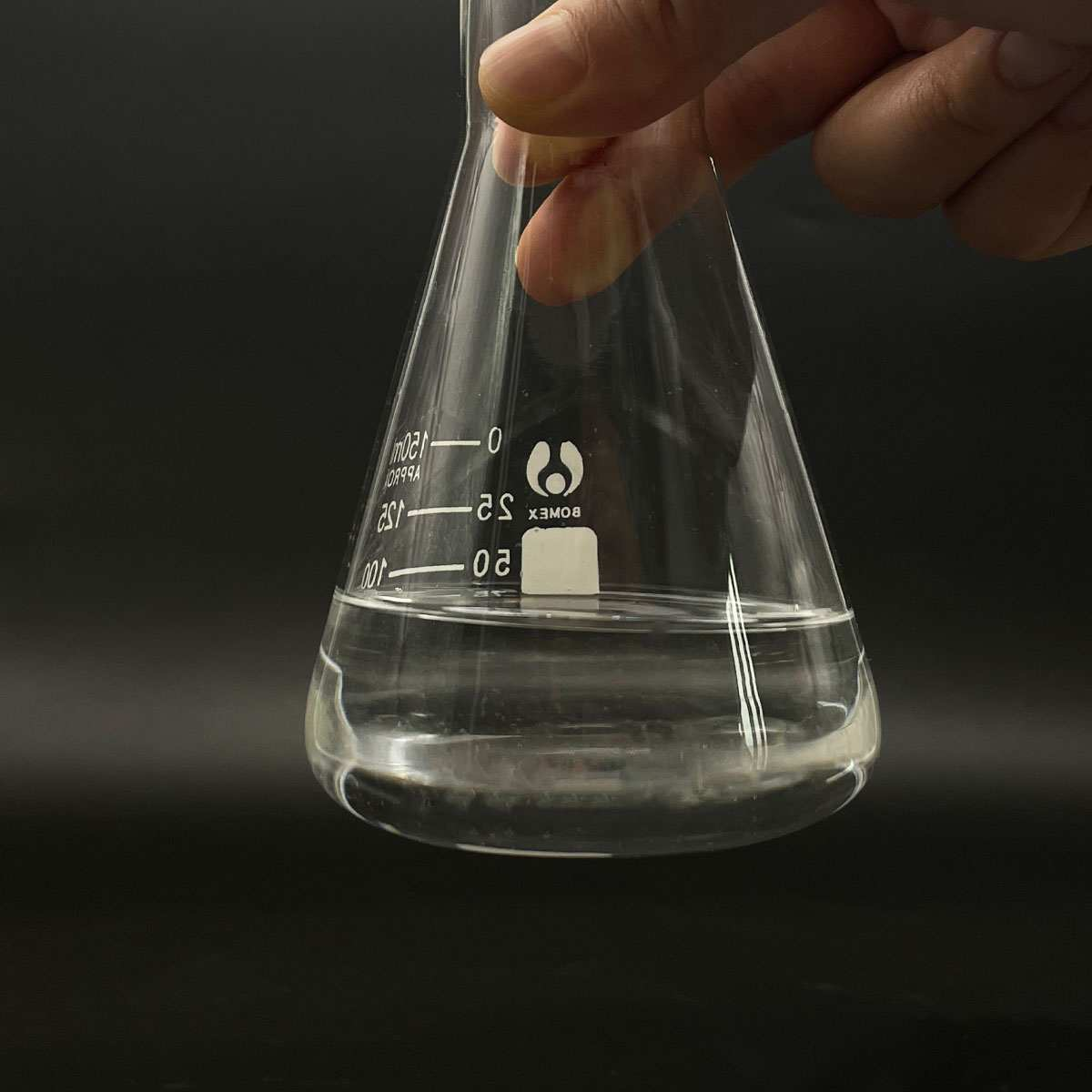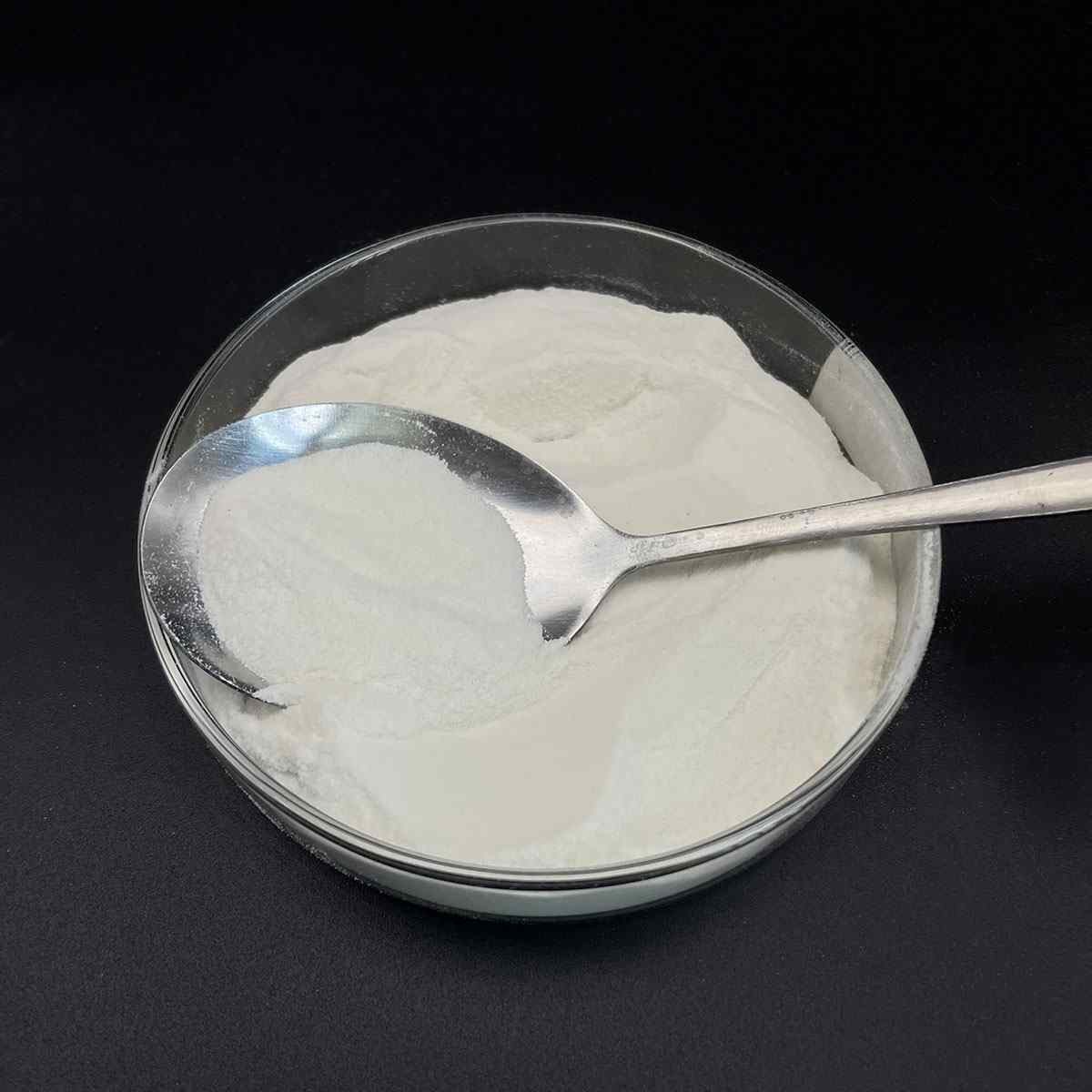1. Introduction
Just 24 hours ago, the European Commission announced a new review of anionic surfactants in rinse-off cosmetics, with sodium lauryl sulfate (SLS) under particular scrutiny due to consumer complaints about skin irritation. This move reflects a global trend: brands are rapidly reformulating products to replace harsh sulfates with gentler alternatives like alkyl polyglucosides and amphoteric surfactants.

In this deep dive, we’ll unpack what makes sodium lauryl sulfate so effective—and so controversial—and compare it head-to-head with modern surfactants used in everything from shampoos to herbicides.
2. Understanding Sodium Lauryl Sulfate and Its Chemical Identity
Sodium lauryl sulfate—also known as sodium dodecyl sulfate (SDS)—is a classic anionic surfactant. Despite the many names you’ll see (sls sodium lauryl sulfate, na lauryl sulfate, natrium lauryl sulfate, or simply sls sulfate), they all refer to the same molecule: C12H25SO4Na.
Its power comes from its amphiphilic structure: a hydrophobic 12-carbon tail (derived from dodecyl alcohol or coconut oil) and a hydrophilic sulfate head. This lets it lower surface tension dramatically, making it an excellent foaming and cleansing agent.
3. How SLS Stacks Up Against Other Anionic Surfactants
3.1 Sodium Laureth Sulfate (SLES): The Gentler Cousin
Often confused with SLS, sodium laureth sulfate (also called sodium lauryl ether sulfate or sodium lauryl ether sulphate) is ethoxylated—meaning ethylene oxide is added to the lauryl alcohol before sulfation. This creates a larger, less penetrating molecule.
Result? Less skin irritation, richer foam, and better solubility in hard water. That’s why SLES dominates in shampoos (sodium lauryl ether sulphate in shampoo is extremely common), while pure SLS is reserved for industrial cleaners or toothpaste where high detergency is needed.
3.2 Other Anionic Contenders

- Sodium dodecylbenzene sulfonate: Used in laundry detergents; stronger degreaser but harsher.
- Sodium lauroyl sarcosinate and lauroyl sarcosinate: Milder, used in premium toothpastes.
- Sodium cocoyl isethionate and sodium coco sulfate (sometimes labeled coco sodium sulfate): Derived from coconut, these offer good lather with lower irritation.
4. The Rise of Non-Ionic and Amphoteric Alternatives
4.1 Non-Ionic Surfactants: Gentle but Low-Foaming
Non ionic surfactant types like polysorbate 80, span80, pluronic 127 (poloxamer 188), and ethoxylated alcohols don’t carry a charge. They’re less irritating but produce minimal foam—making them ideal for emulsifiers or herbicide adjuvants rather than shampoos.
In agriculture, nonionic surfactant blends act as surfactant for herbicides or lawn wetting agents, helping weed killers spread evenly on waxy leaves. Methylated seed oil and lignin sulfonate are also common here.
4.2 Amphoteric Surfactants: The Balancers
Amphoteric surfactants like cocamidopropyl betaine (also called coco betaine, amidopropyl betaine, or cocamido) can switch between anionic and cationic behavior depending on pH. They’re prized for boosting foam, reducing irritation from SLS, and improving mildness.
These are staples in ‘sulfate-free’ shampoos, often paired with decyl glucoside or coco glucoside—both bio surfactants derived from sugar and coconut oil.

5. Bio-Based and Specialty Surfactants Gaining Ground
Consumer demand for clean labels has accelerated adoption of bio surfactants. Alkyl polyglucoside, sodium cocoyl glutamate, and sodium lauroyl methyl isethionate offer effective cleansing without the stinging associated with SLS.
Even in industrial contexts, alternatives are emerging. Fluoro surfactants (like those containing copper 1 bromide complexes) offer ultra-low surface tension for firefighting foams, while sodium deoxycholate and sodium oleate serve niche roles in labs and pharma.
6. Safety, Misconceptions, and Market Shifts
Despite viral claims, SLS is not carcinogenic—but it is a known irritant at high concentrations or with prolonged exposure. This has fueled the ‘sls sodium laureth sulfate’ confusion, where consumers mistakenly think SLES is just as harsh.
Brands like Rohit Surfactants Private Limited now offer sulfate-free blends using cetyl trimethyl ammonium bromide (CTAB, a cationic surfactant) for conditioning or ammonium lauryl sulfate (a slightly milder anionic) for foaming.
Meanwhile, ‘sodium lauryl sulfate for sale’ queries are increasingly paired with ‘gentle alternative’ or ‘eco-friendly’—signaling a market pivot.
7. Conclusion
Sodium lauryl sulfate remains a benchmark for cleaning power and foam generation, but its drawbacks have opened the door to a new generation of surfactants. From amphoteric cocamidopropyl betaine to sugar-based alkyl polyglucosides, the future is milder, more sustainable, and highly tailored to application—whether in a baby shampoo or a grass wetting agent. As regulations tighten and consumers become savvier, the surfactant landscape will keep evolving beyond traditional sulfates.
Our Website founded on October 17, 2012, is a high-tech enterprise committed to the research and development, production, processing, sales and technical services of ceramic relative materials such as Sodium. Our products includes but not limited to Boron Carbide Ceramic Products, Boron Nitride Ceramic Products, Silicon Carbide Ceramic Products, Silicon Nitride Ceramic Products, Zirconium Dioxide Ceramic Products, etc. If you are interested, please feel free to contact us.


